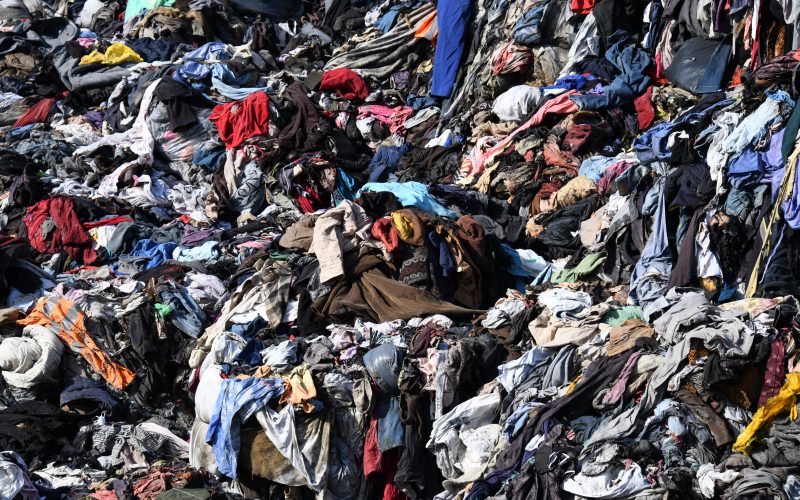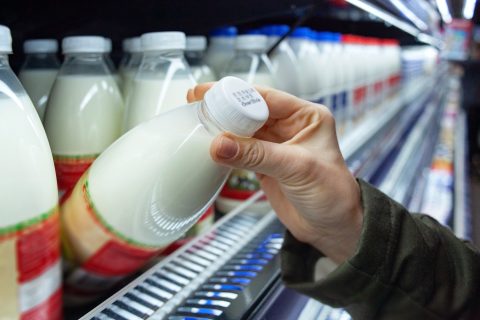Boxes upon boxes of returned items end up in transit everyday — and those items aren’t necessarily going back on store shelves. New Yorker staff writer David Owen joins host Krys Boyd to discuss the enormous volume of returns in this country, where it’s all going, and the environmental impact of what seems like a harmless action. His article is “What Happens to All the Stuff We Return?”
What is the “Reverse Supply Chain?”
By Shaunessy Renker, Think Intern
There’s always a risk when placing online orders, which is why people will order shoes of different sizes or multiple dress options for a formal event. They will try them all on in the comfort of their home, choose one item to keep, and then return the rest. Customers are taking advantage of generous return policies and the retail industry can’t keep up.
With companies like Target and Walmart, returned items that customers have purchased in store typically end up back on the shelves. With online retail, however, the chances of a returned item making its way back to resale are slim. Every year, the U.S. sees $1 trillion in returned goods.
“People who shop online return about twice as much stuff as people who shop in brick-and-mortar stores,” says David Owen. JCPenney was one of the early pioneers of open return policy. Around a century ago, returns were approximately 2% of sales. Now, it’s about 20% for online sales and 40% in the apparel industry.
“Easy returns make happy customers,” says Owen. “It’s telling that the two largest retailers in the world, Amazon and Walmart, both have some of the most generous return policies. It’s all part of what’s called the ‘Reverse Supply Chain.’”
People are often curious about the process of how products make their way from manufacturers to our doorstep. However, there is an entire mirror economy, a “Reverse Supply Chain,” of products being shipped back to companies. And we understand there’s a cost to the company that’s processing the returns.
As a result of the rising numbers in returns, quality in the apparel industry has worsened over time. Companies don’t see the use of producing high-quality products if a high percentage will be returned anyway. Many clothing items for sale have become practically perishable, especially in the “fast-fashion” industry.
Retailers trash most of the products that make it back to return centers, a process that’s called “destroy in field.” If manufacturers aren’t equipped to handle the volume of returns, they will simply destroy them. Manufacturers of luxury and high-end goods are also fearful that their returns will become too accessible and sold for a fraction of its initial price. So, they would rather destroy these items in order to protect the value of their brand.
However, there are some companies implementing new policies in order to fight against the return-saturated market. For example, a number of apparel businesses have introduced a “try-before-you-buy” option for customers in order to scale back on collateral. Other companies have implemented software for potential customers to virtually try on their goods.
“There are some places that will buy stuff in bulk and resell in smaller quantities. You can buy a whole semi-trailer or palettes full of mixed Amazon returns,” says David Owen. “I visited a company that contracts with manufacturers and retailers to refurbish, repair, and analyze returns that they then redirect into a secondary market or outlet stores.”





